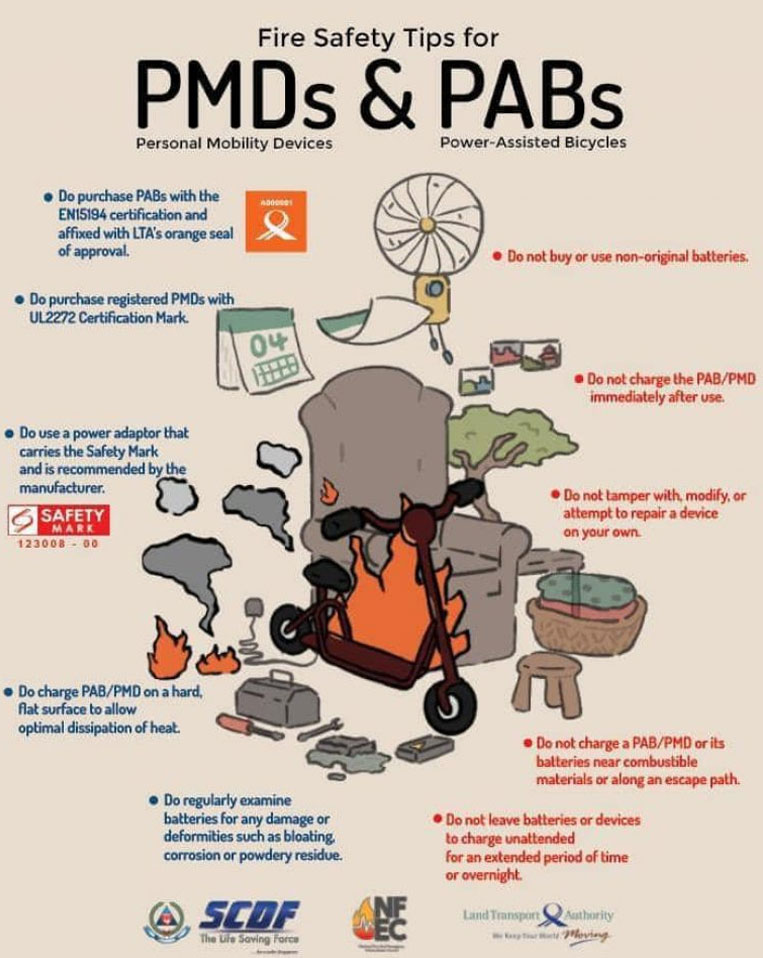SCIC Safety Case Refresher Workshop (Instructor led eLearning)
This 1-day training course will cover the most important aspects of Safety Case in Singapore.
Participants should expect to receive an update on the new Safety Case guidelines published by the Ministry of Manpower (MOM), key findings from MHD’s review of the first round of Safety Case submissions (2017 – present) and a summary of the most important Implementation Plan items issued to MHIs that require addressing in the second round of Safety Case submissions.
In addition, this course will provide further information on how to implement these new guidelines to help participants prepare their MHI for the next round of Safety Case submissions
The training course will cover the following topics:
Session 1 – Guidelines for single scenario risk targets and ALARP demonstration
MOM has published new guidelines focusing on the adequacy of preventive and mitigation barriers, to assist MHIs demonstrate that the risks of their identified scenarios are reduced to ALARP.
In this session we will walk through those new guidelines and specifically cover the use of the single scenario risk target, accepted practices for assessing risks and developing a sound ALARP demonstration.
Session 2 – Human Factors
MOM has published new guidelines on Managing Human Factors in Major Hazard Installations to provide guidance to MHIs on Human Factor elements outlined in Appendix 5B of the Safety Case Technical Guide.
In this session we will cover the process for integrating human factors into the risk assessment process, so that risks are reduced to ALARP. We will outline how to approach the practical implementation of Human Reliability Analysis (HRAs) for both operational and maintenance activities.
Sessions 3 & 4 – Key findings from MHD review of safety cases in the period 2017 – present
Since implementing the Safety Case regime in September 2017, key findings from Intervention Plan (IP) items issued to MHIs by MHD can be summarised in three focus areas:
a) Process Safety,
b) Electrical, Controls & Instrumentation, and
c) Mechanical.
In these sessions, each of the key findings will be covered in detail to highlight how to demonstrate the effectiveness and reliability of protective measures that have been put in place on the MHI.
For process safety we will cover:
• Demonstrating adequacy and sufficiency of pressure relief; and
• Demonstrating the basis of safety for reactors and safety of reaction chemistry.
For Electrical, Control & Instrumentation we will cover:
Demonstrating how necessary instrumented safety functions are identified and the required integrity level is determined;
• Demonstrating the management of functional safety system is in accordance with current relevant good practice; and
• Demonstrating the adequacy of the maintenance regime for safety critical EC&I systems to prevent major accidents or reduce the loss of containment in event of such accidents.
For Mechanical we will cover:
• Demonstrating that an appropriate maintenance regime is established for plant and systems to prevent major accidents or reduce the LOC in the event of such accidents; and
• Demonstrating that systems are in place to ensure that safety critical equipment and systems are examined at appropriate intervals by a competent person.
Who Should Attend
MHI personnel who have completed the 4-days Safety Case Practitioner Training course and wishes to update their knowledge on the new guidelines.
MHIs involved in revising a Safety Case for re-submission or second-round submission.
MHI Leadership team members who want to understand the key areas of focus for MHD.
HSE, Process Safety, Risk Assessment, Process Engineers, EC&I Engineers, Mechanical Engineers, Maintenance personnel, Operations personnel working on a Major Hazard Installation.
Note: The Safety Case Practitioners Workshop is only open to personnel from MHIs
Administrative Details
Date: 28 September 2023, Thursday
Time: 9 am to 5 pm (Registration will commence at 8.30 am)
Venue: Zoom
*The web link will be provided later*
How to Register
Registration Fee (inclusive of GST):
SCIC Member: $432 per participant
Non-member: $594 per participant
** Fee is inclusive of the e-copy materials for the 1-days training.
Participants are required to complete the online registration form via www.scic.sg. Upon confirmation of your registration and payment, a unique login will be provided to the participant via email.
Should you require further assistance, please contact the SCIC Secretariat office at 6267 8891 or email us at secretariat1@scic.sg.
Note: Registration would be on a first-come-first-serve basis













